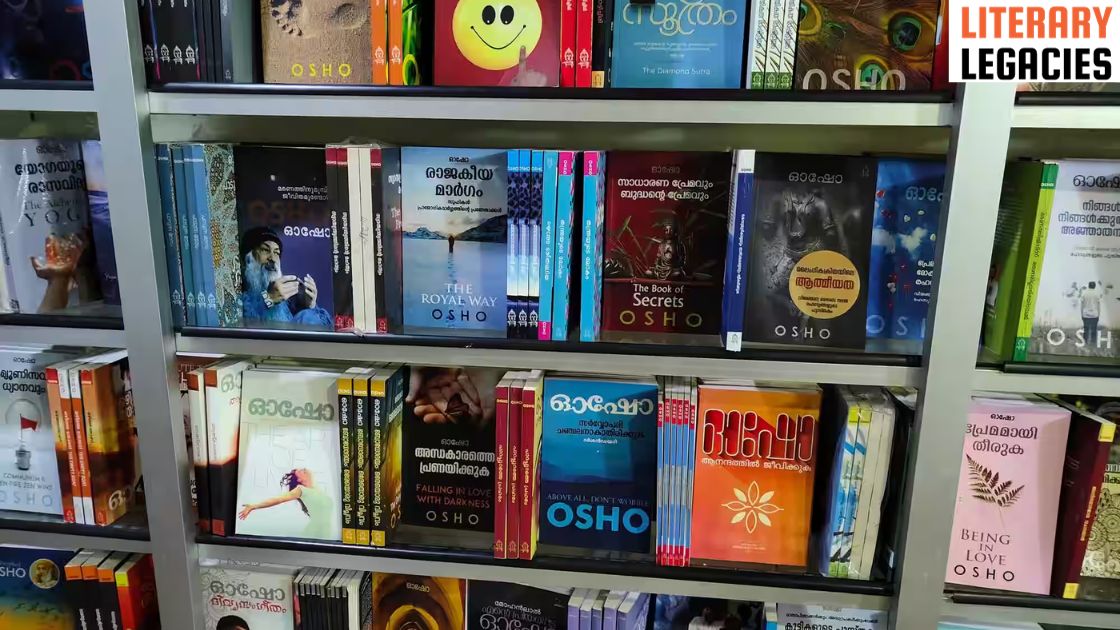Situated in the southern state of Kerala, India, Kozhikode has been included as the “City of Literature” in the Creative Cities Network by UNESCO on World Cities Day.
It’s the first time that an Indian city is recognized for this esteemed title. Another town, Gwalior in Madhya Pradesh, has also been recognized as a “City of Music.” UNESCO praised the dedication of the administration for preserving the arts and literature.
Kozhikode, also known as Calicut in English, is situated along the Malabar Coast. In British-era, it was a significant point for trading spices, popularly known as the City of Spices.
It all started when the Kerala Institute of Local Administration reached out to the University of Prague in the Czech Republic for guidance regarding the information on the Creative Cities Network. In 2014, Prague received the title of the “City of Literature”.
The University of Prague, extending the help, sent a research student to assist the Local Administration. She conducted a comparative study between Kozhikode and Prague, highlighting the rich literary landscape of Kerala.
There are more than 500 Libraries and 70 Publishers that contribute to the city. Other evidence, like Kozhikode’s annual literary festival and book fairs, also made the city a strong contender for the title.

On a broader level, Kerala holds the position of having the highest number of libraries. According to the Kerala Library Council, the state has over 10,000 Libraries. Even Mayyil Panchayat in Kannur district has at least one library in each ward, and all the libraries are digitally connected with over 2,00,000 books.
The two Indian cities, Kozhikode and Gwalior, are invited to join the UNESCO Creative Cities Network’s annual conference. The conference will center around the theme of “Engaging Youth in Shaping the Next Decade” and will be held in Braga, Portugal, from July 1 to 5, 2024.
Keralites and Their Reading Habits
Reading habits of the masses have undergone significant change in the age of the digital era. This also has surpassed print media. Despite this, Keralites expressed satisfaction with the wide range of books on different subjects, fiction and non-fiction.
Malayalam books are preferable, with novels topping the list as the favorite genre. It shows the deep-rooted love for regional literature and the cultural richness of Kerala.
The high literacy rate in Kerala, notably higher than other states in India, has played a significant role in fostering the habit of reading and intellectual engagement. Mostly, the middle and higher-income classes spend time on books, including magazines, newspapers, and periodicals.
However, due to increased social media usage, the average time reading books has been reduced significantly.
History At Glance
There exists a long history of Public Libraries in Kerala. Even before the British era, Kerala had the tradition of public libraries.
The Britishers introduced modern practices. For personal gains, Britishers established educational institutions and libraries. However, India’s struggle for independence led to using books and libraries against colonial rule.
Here is the History at Glance:
| 1. | The Thiruvananthapuram Public Library – 1829 |
| 2. | Libraries in Kerala have been Hosting Night Classes for Illiterates since 1937 |
| 3. | The 1937 Conference led to the creation of an organization known as Akhila Malabar Library Sangham, later registered as Kerala Grandshala Sangham. |
| 4. | The Soviet Union selected Kerala Grandhasala Sangham for the Krupskaya Literacy Prize in 1975 |
| 5. | P N Panicker, Father of Library Movement in Kerala, represents different libraries across the state. |
| 6. | Public Library Act – 1989 |
| 7. | Establishment of Kerala Library Council -1994. |
Public libraries play a crucial role in providing access to knowledge and information, even as social media, TV Channels, or other forms of media compete for people’s attention. As we are navigating towards an evolving world of information consumption, the role of cities like Kozhikode as a “City of Literature” will shape the educational terrain for generations to come.



